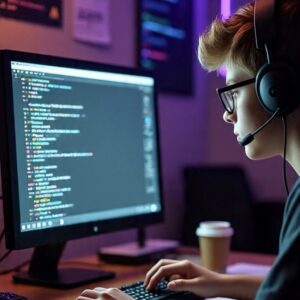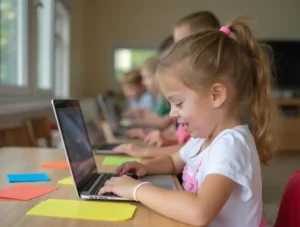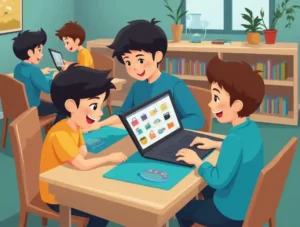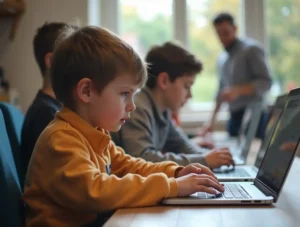What Is Coding? | Coding for Kids and Why It Matters Coding, also known as programming, is the process of giving instructions to a computer so it can perform specific …
Coding Knowledge for Kids
The Benefits of Learning Coding for Kids
The Benefits of Learning Coding for Kids In today’s digital world, coding has become as fundamental as reading and writing. Introducing children to programming at an early age is no …
10 Kid-Friendly Coding Platforms
10 Best Coding Platforms for Kids In today’s technology-driven world, teaching kids to code is like giving them a superpower for the future. Coding nurtures problem-solving, creativity, and critical thinking, …
Scratch vs Python
Scratch or Python: Which Should Your Child Start With? As parents, teachers, or mentors, introducing kids to programming may feel like entering unknown territory. With so many coding languages available, …
Top Programming Tools for Kids
Best Coding Tools for Kids In today’s technology-driven world, introducing children to coding at a young age can spark creativity. Coding strengthens problem-solving skills and opens doors to future opportunities. …




